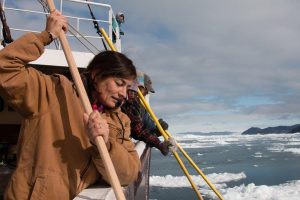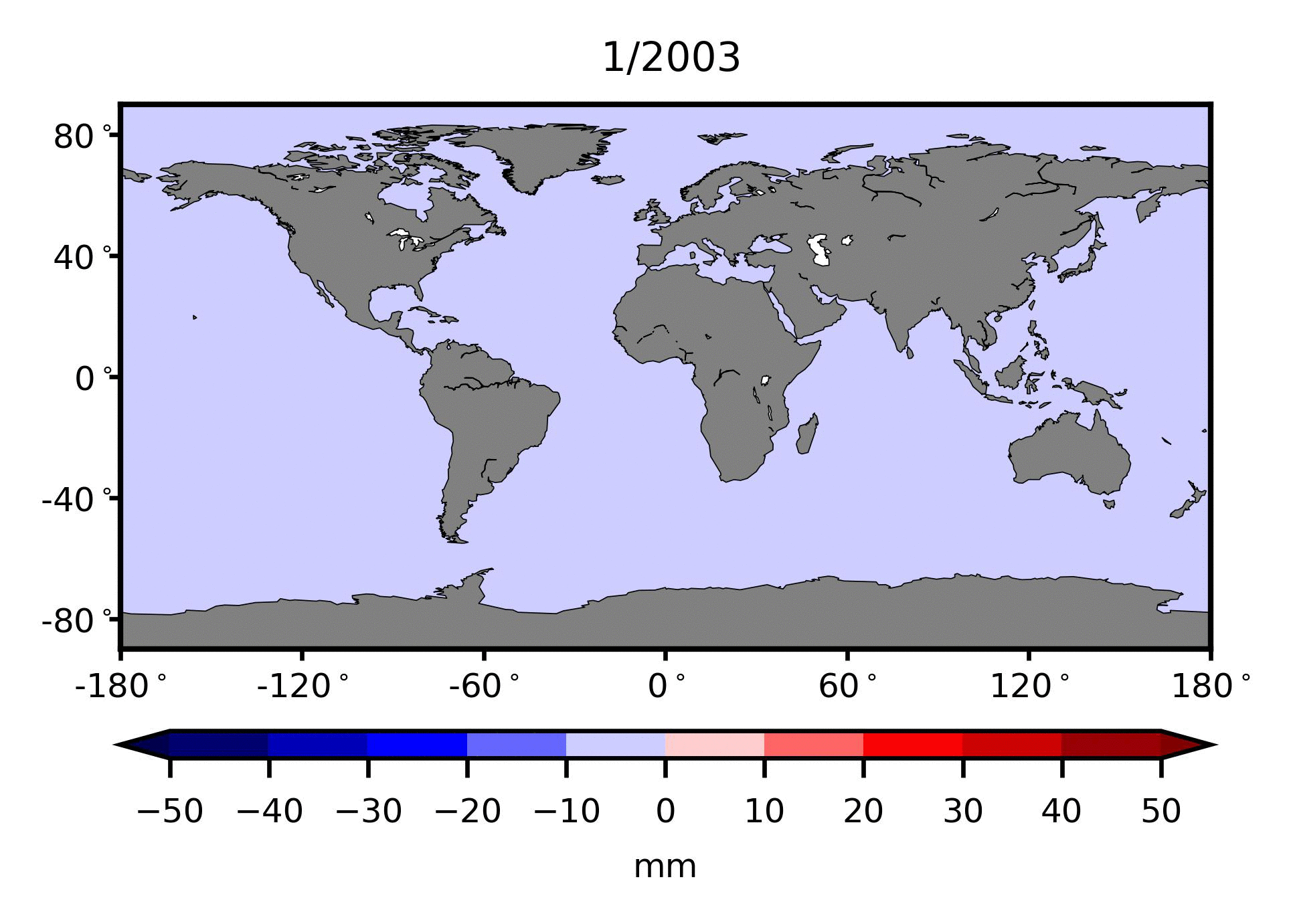Indicators of global climate change are detected in tropical oceans
6 September 2017
WASHINGTON D.C. — Researchers have reported the first observation of sea level “fingerprints,” tell-tale differences in sea level rise around the world in response to changes in continental water and ice sheet mass. The team’s findings have been accepted for publication in Geophysical Research Letters, a journal of the American Geophysical Union.
“Scientists have a solid understanding of the physics of sea level fingerprints, but we’ve never had a direct detection of the phenomenon until now,” said Isabella Velicogna, professor of Earth system science at the University of California, Irvine and research scientist at NASA’s Jet Propulsion Laboratory in Pasadena, California, who was a co-author of the new study.

Scientists have a solid understanding of the physics of sea level fingerprints, have never had a direct detection of the phenomenon until now, said study Isabella Velicogna, a UCI professor of Earth system science and Jet Propulsion Laboratory research scientist, shown here on an expedition to Greenland.
Credit: Maria Stenzel/UCI.
As ice sheets and glaciers undergo climate-related melting, they alter Earth’s gravity field, which causes nonuniform sea level change. Certain regions, particularly in the middle latitudes, are harder hit. For instance, Antarctica-generated sea level rise in California and Florida is as much as 52 percent greater than what’s average in the rest of the world.
The team calculated sea level fingerprints using time-variable gravity data collected by the twin satellites of NASA’s Gravity Recovery & Climate Experiment between April 2002 and October 2014. During that time, according to the study, the global mean sea level grew by about 1.8 millimeters per year, with 43 percent of the increased water mass coming from Greenland, 16 percent from Antarctica, and 30 percent from mountain glaciers. The scientists verified their calculations of sea level fingerprints associated with these mass variations via ocean-bottom pressure readings from stations in the tropics.
“It was very exciting to find the sea level fingerprints in the tropics, where no one expected to find them,” said Chia-Wei Hsu, a graduate student researcher at the University of California, Irvine and lead author of the new study.
“We know that sea levels climb faster in the middle to low latitudes versus the high latitudes and that Greenland and Antarctica contribute differently to the process,” Velicogna said. “With our improved understanding through GRACE data and other techniques, we’re now able to take any point on the global ocean and determine how much the sea level there will rise as a result of glacier ice melt.”

Cumulative sea level fingerprints (SLF) calculated from observations of Greenland, Antarctica, glaciers and ice caps, and land water storage mass changes observed with the GRACE satellites for the time period January 2003 to April 2014.
Credit: Isabella Velicogna
###
The American Geophysical Union is dedicated to advancing the Earth and space sciences for the benefit of humanity through its scholarly publications, conferences, and outreach programs. AGU is a not-for-profit, professional, scientific organization representing 60,000 members in 137 countries. Join the conversation on Facebook, Twitter, YouTube, and our other social media channels.
Notes for Journalists
This research article is open access for 30 days. A PDF copy of the article can be downloaded at the following link: http://onlinelibrary.wiley.com/doi/10.1002/2017GL074070/pdf.
Journalists and PIOs may also order a copy of the final paper by emailing a request to Nanci Bompey at [email protected]. Please provide your name, the name of your publication, and your phone number.
Neither the paper nor this press release is under embargo.
“Detection of Sea Level Fingerprints derived from GRACE gravity data”
Authors:
Chia-Wei Hsu: Department of Earth System Science, University of California, Irvine, California, U.S.A.;
Isabella Velicogna: Department of Earth System Science, University of California, Irvine, California, U.S.A. and NASA Jet Propulsion Laboratory, California Institute of Technology, Pasadena, California, U.S.A.
Contact information for the authors:
Isabella Velicogna: +1 (949) 351 6063, [email protected]
Nanci Bompey
+1 (202) 777-7524
[email protected]
University of California, Irvine Press Contact:
Brian Bell
+1 (949) 824-8249
[email protected]
NASA Jet Propulsion Laboratory Press Contact:
Alan Buis
+1 (818) 354-0474
[email protected]